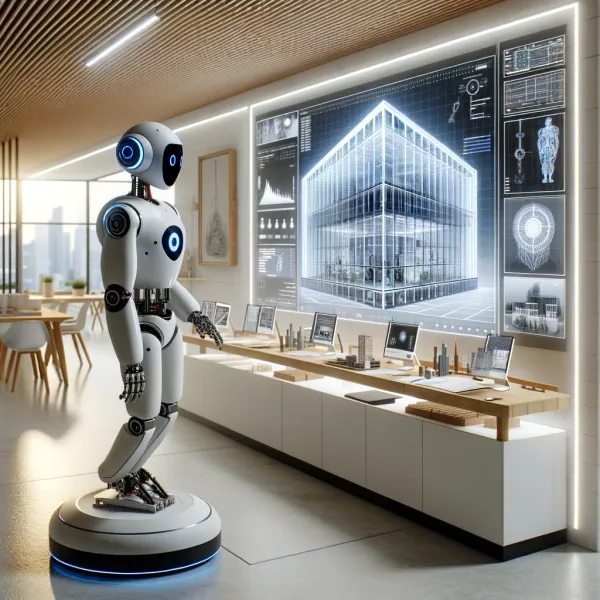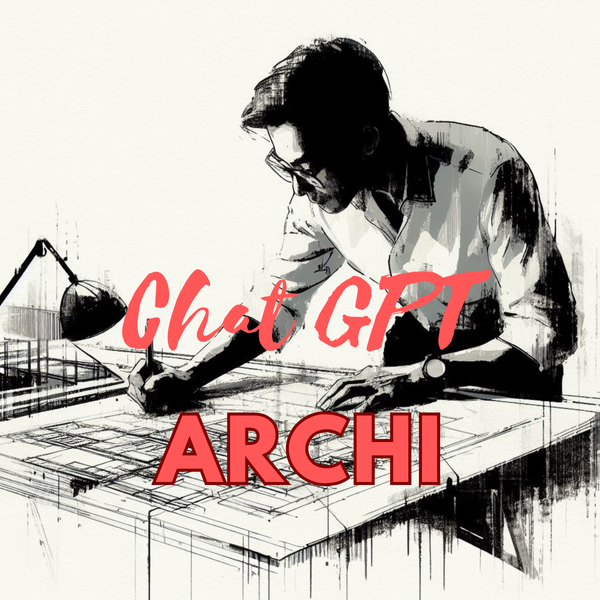How to use Midjourney for architect?
Unlock the potential of Midjourney for architects to transform your design process and create stunning architectural projects with ease.

Welcome to our guide on how to use Midjourney, the cutting-edge platform that is revolutionizing architectural visualization and design processes. With its user-friendly interface and AI-generated imagery, Midjourney offers architects an innovative tool to enhance their creative vision and create stunning projects.
In this section, we will walk you through the steps of setting up Midjourney and optimizing prompts for enhanced architectural renders. We will also share insights and best practices from experienced Midjourney users to help you make the most of this powerful platform.
Create an image of an architect using Midjourney to explore different design options for a building. The architect is looking at various renderings and models of the building on a screen, while also using a stylus to make notes and changes to the designs. The atmosphere is focused and creative, with bright colors and a modern aesthetic.
I have an online course where you could learn how to automate your architecture studio work to save time while designing better projects.
This AI in AI in AEC online course is by subscription with one lesson a week.
Key Takeaways:
- Midjourney is a user-friendly platform that incorporates AI-generated imagery for architectural visualization.
- Setting up Midjourney involves installing Discord, creating a free account, and accessing the Midjourney channel.
- Optimizing prompts is key to achieving enhanced architectural renders with Midjourney.
- Crafting precise descriptions is essential for generating accurate and desirable AI-generated imagery.
- Seasoned Midjourney users have valuable insights and best practices to share for maximizing the platform's potential.
Midjourney: Revolutionizing Architectural Visualization
Midjourney is a groundbreaking platform that is revolutionizing the field of architectural visualization. By harnessing the power of AI technology, Midjourney empowers architects to explore new design concepts and push the boundaries of traditional visualization techniques. With its advanced capabilities, Midjourney offers architects the tools they need to effectively communicate their creative vision and bring their ideas to life.
AI-Generated Imagery: Pushing Boundaries in Design Concepts
One of the key features of Midjourney is its ability to generate AI-driven imagery based on textual prompts. This innovative approach enables architects to expand their design concepts and explore new possibilities. With AI-generated imagery, architects can communicate complex ideas more effectively and visualize their designs with greater precision. Midjourney's AI technology pushes the boundaries of traditional architectural visualization, offering architects a powerful tool to enhance their creative process.
By utilizing AI technology, Midjourney opens up a world of opportunities for architects. The platform enables them to experiment with different design elements, materials, and styles, allowing for more comprehensive and dynamic visualizations. Architects can iterate on their ideas more efficiently and gain valuable insights into the visual impact of their designs.
Midjourney's AI-generated imagery not only enhances the design process but also facilitates effective communication with stakeholders. Architects can present their ideas in a more compelling and immersive way, enabling clients to better understand and appreciate the design vision. The ability to convey complex architectural concepts through AI-generated imagery sets Midjourney apart and paves the way for a new era of architectural visualization.
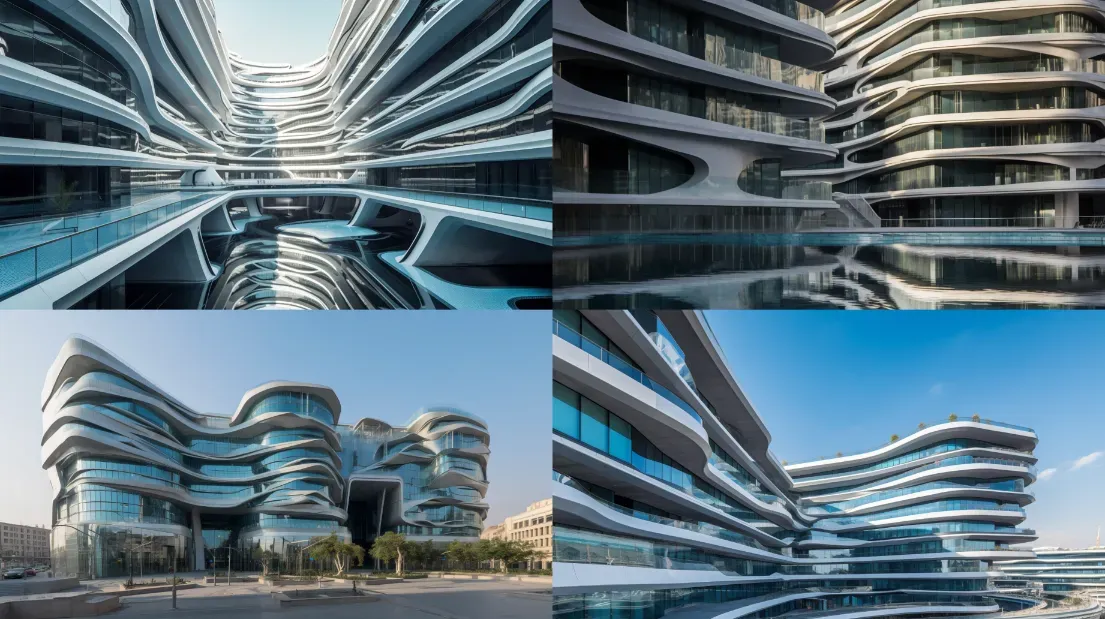
The Integration of AI into Architecture
The integration of AI into architecture has revolutionized the design processes, opening up new possibilities and transforming traditional workflows. As architects embrace AI technology, platforms like Midjourney are playing a vital role in this integration. Midjourney provides architects with a powerful tool to generate AI-generated imagery that complements their design vision, enhancing creativity and streamlining workflows.
Blazing a New Trail with AI-Generated Imagery
AI-generated imagery is pushing the boundaries of architectural design concepts. With Midjourney, architects can explore and expand their creative vision, leveraging AI technology to communicate complex ideas effectively. By tapping into the AI capabilities of Midjourney, architects can push the boundaries of traditional architectural visualization, enabling them to convey their design concepts with precision and clarity.
Midjourney for Architects: Transforming Design Processes
Midjourney has the potential to transform the design processes of architects. By integrating AI-generated imagery into their workflows, architects can explore new architectural possibilities and push the limits of their creativity. Midjourney streamlines the design process, offering architects a user-friendly platform to generate AI visuals that align with their design vision. With Midjourney, architects can iterate and experiment with different ideas, enabling them to refine and enhance their designs.
Key Insights from Architectural Thought Leaders
Gaining insights from experienced architectural thought leaders is invaluable in understanding the impact of AI integration in the field. In this section, we will gather key insights and perspectives from renowned architects who have embraced the use of Midjourney in their design processes. These thought leaders will share their experiences, challenges, and opportunities they have encountered while integrating AI into their architectural practices. Their valuable insights will provide inspiration and guidance for architects looking to incorporate AI technology into their own design processes.
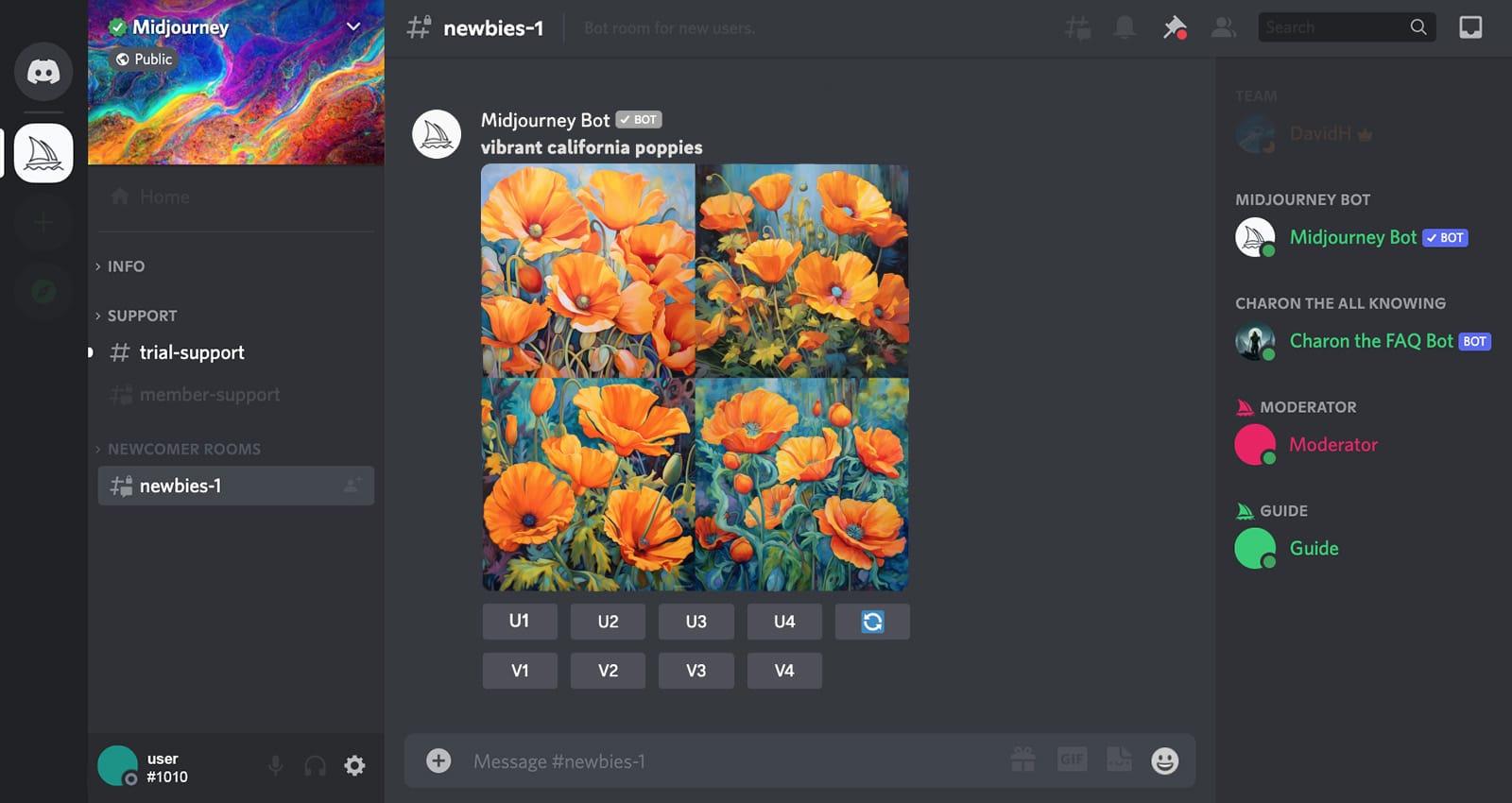
Setting Up Midjourney: A Step-By-Step Guide
Are you ready to embark on your journey with Midjourney? In this section, we will provide you with a comprehensive step-by-step guide on setting up Midjourney, ensuring you have everything you need to start generating AI-generated imagery.
- Installation of Discord: First, you'll need to have Discord installed on your device. Discord is a communication platform that serves as the foundation for accessing Midjourney.
- Creating a Free Account: Once you have Discord installed, proceed to create a free account. Simply follow the prompts to set up your account and provide the necessary details.
- Accessing the Midjourney Channel: After creating your account, it's time to access the Midjourney channel. Join the Midjourney server by clicking on the invitation link provided by Midjourney.
- Activating the AI Bot: Within the Midjourney channel, you'll find the AI bot that powers Midjourney's AI-generated imagery. Follow the instructions provided in the channel to activate the AI bot and gain access to its functionalities.
Now that you have successfully set up Midjourney, you're ready to embark on a new creative journey. Harness the power of AI-generated imagery to enhance your architectural visualization and bring your design concepts to life.
A blueprint being unrolled on a desk, with a laptop and smartphone next to it. The laptop screen displays the Midjourney website, while the smartphone displays the Midjourney app. A pencil and ruler are placed on top of the blueprint, ready for use.
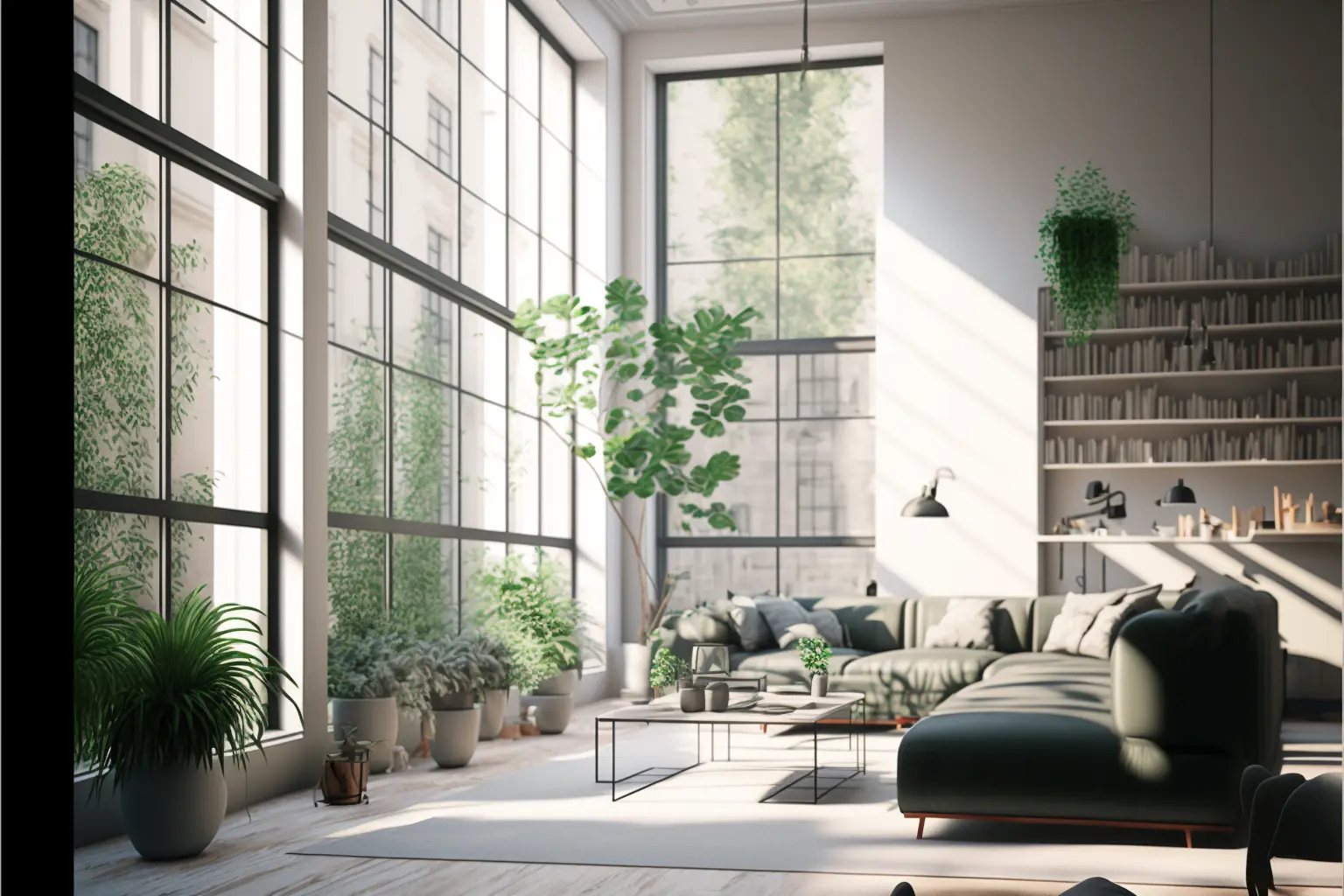
Optimizing Your Midjourney Prompts for Enhanced Architectural Renders
Optimizing prompts is key to achieving enhanced architectural renders with Midjourney. By understanding the art of effective prompting and crafting prompts that generate the desired outcomes, architects can unlock the full potential of this powerful platform. In this section, we will explore strategies for building a Midjourney vocabulary and share best practices from seasoned Midjourney users on achieving stunning architectural renders.
When it comes to optimizing prompts, architects should keep the following tips in mind:
- Be specific: Provide detailed information on the desired architectural elements, materials, and styles to generate accurate imagery.
- Experiment with different variations: Try different combinations of words and phrases to explore various design possibilities and generate diverse renders.
- Consider context: Think about the intended context or environment of the design and include relevant details to create a more realistic representation.
Building a Midjourney vocabulary is essential for effective prompting. Expand your vocabulary by:
- Researching architectural terms and terminology to accurately describe different elements and styles.
- Exploring architectural books, magazines, and online resources to broaden your knowledge and vocabulary.
- Engaging in discussions with other architects and professionals in the field to exchange ideas and learn new terminology.
Seasoned Midjourney users have invaluable insights on optimizing prompts. Follow these best practices shared by experienced users:
"Start with simple prompts to familiarize yourself with the platform, and gradually experiment with more complex ideas."
"Pay attention to the level of detail in your prompts. Adding specific dimensions or proportions can greatly enhance the accuracy of the generated renders."
"Take advantage of the 'describe it like you would to a friend' approach. This helps in creating prompts that are clear and easy for the AI to understand."
Optimizing your Midjourney prompts will empower you to create architectural renders that capture your vision with precision. By implementing these strategies and learning from experienced users, you can make the most out of Midjourney's AI-generated imagery.
Midjourney for Architects: Crafting Descriptions for Precise Outcomes
The art of crafting effective descriptions is crucial when using Midjourney to achieve precise outcomes in architectural visualization. By honing your skills in effective prompting, you can communicate your design ideas through text and generate AI-generated imagery that aligns perfectly with your vision.
When crafting prompts for Midjourney, keep the following tips in mind:
- Be specific: Provide clear and detailed descriptions of architectural elements, such as materials, textures, colors, and spatial relationships. The more precise your prompts, the better the generated imagery will match your intended design.
- Use visual cues: Incorporate visual references or comparisons in your prompts to convey a more accurate understanding of your design concept. Consider referencing existing architectural styles, famous landmarks, or well-known buildings to provide a visual context.
- Experiment with different perspectives: Explore various viewpoints and angles in your prompts to capture different aspects of your design. Experimenting with perspectives can lead to unique and unexpected results.
- Consider the user experience: Put yourself in the user's shoes and think about how they will experience and interact with your design. Craft prompts that embrace user comfort, functionality, and aesthetics.
Building a comprehensive Midjourney vocabulary is essential for architects to effectively utilize the platform. Consider these strategies for expanding your vocabulary:
- Research architectural terminology: Study architectural history, design principles, and different styles to familiarize yourself with the terminology used in the industry. This knowledge will help you accurately describe architectural elements in your prompts.
- Engage in continuous learning: Stay updated with the latest trends, materials, and design techniques in architecture. Attend workshops, seminars, and conferences to expand your knowledge and vocabulary.
- Collaborate with peers: Engage in discussions and collaborations with fellow architects to exchange ideas and discover new architectural vocabulary. Share experiences and learn from each other's unique perspectives.
Seasoned Midjourney users have valuable insights and best practices to share. Here are some tips from experienced users:
- Experiment and iterate: Don't be afraid to experiment with different prompts and iterate on your designs. Midjourney offers the opportunity to explore new design paths and push the boundaries of your creativity.
- Leverage collective intelligence: Engage with the Midjourney community and participate in discussions. Sharing experiences and seeking feedback from others can provide valuable inspiration and improvement opportunities.
- Balance AI-generated imagery with your expertise: While AI-generated imagery can serve as a powerful tool, remember to apply your architectural expertise and intuition to refine and enhance the generated designs.
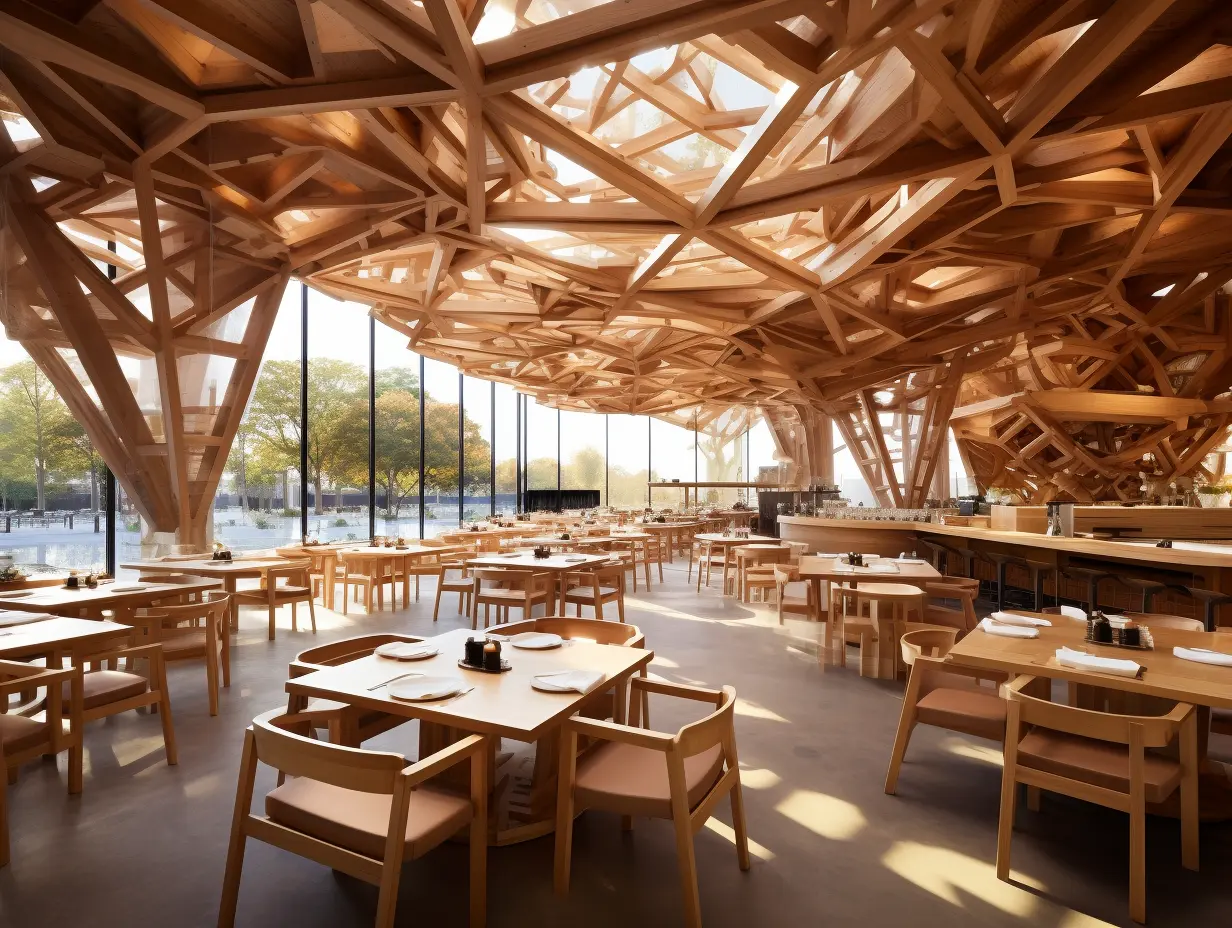
From Midjourney Concept to Reality: The Architect's Workflow
Incorporating AI Visuals into Real-World Projects
Architects can now bring their Midjourney concepts to life by incorporating AI-generated visuals into their real-world projects. This integration of AI visuals into architectural workflows enhances project development and offers numerous benefits. By leveraging AI-generated imagery from Midjourney, architects can create more realistic and immersive designs.
Enhancing Client Presentations with Midjourney
Midjourney provides architects with a powerful tool to enhance their client presentations. By utilizing AI-generated imagery, architects can create visually stunning presentations that effectively convey their design concepts to clients. The realistic and detailed visuals generated by Midjourney foster better communication and engagement, enabling clients to visualize the project's potential more accurately.
A visual representation of an architect's workflow, incorporating Midjourney AI technology. Show the transition from concept to reality with sleek, futuristic visuals. Highlight the use of AI for generating 3D models, analyzing site data, and optimizing design decisions. Use cool blues and greens to evoke a sense of innovation and progress.
Merging Midjourney with Traditional Architectural Software
Integrating Midjourney with traditional architectural software streamlines the architect's workflow. By merging AI-generated visuals with software such as CAD and BIM tools, architects can optimize their design processes and improve efficiency. This seamless combination allows architects to leverage the creative power of AI while utilizing their existing software to create comprehensive project visualizations.
Exploring the Potential: Midjourney for Different Architectural Styles
Midjourney, the revolutionary AI-powered platform, offers architects the opportunity to explore and interpret various architectural styles. With the help of AI-generated imagery, architects can delve into historical architectural movements, embark on modern and contemporary designs, and even contribute to sustainable architectural trends. Let's dive into how Midjourney unlocks the potential of architectural exploration.
Interpreting Historical Architectural Movements with AI
Midjourney's AI-generated imagery empowers architects to analyze and recreate architectural styles from different time periods. By inputting textual prompts, architects can witness AI's interpretation of historical architectural movements, gaining valuable insights into their design choices and inspiration for their own projects. Case studies and examples will showcase the possibilities of AI-assisted interpretation and its impact on architectural exploration.
"Midjourney enables architects to navigate through time as they explore and interpret architectural movements from different eras. It's a powerful tool that enhances our understanding of historical styles and informs our design decisions." - Architect Sarah Thompson
AI-assisted Design of Modern and Contemporary Spaces
Architects seeking to create cutting-edge modern and contemporary architectural spaces can leverage the capabilities of Midjourney. By utilizing AI-generated visuals, architects can facilitate the design process and bring their vision to life. Midjourney provides inspiration, offers fresh perspectives, and supports architects in making design choices that reflect their creative intentions.
- Utilize AI-generated visuals to experiment with different design elements, materials, and spatial configurations.
- Embrace the possibilities of AI-assisted design to challenge traditional conventions and create unique architectural expressions.
- Collaborate with AI to generate new ideas and push the boundaries of contemporary architecture.
Sustainability and Beyond: AI's Role in Future Architectural Trends
Beyond aesthetics, AI and Midjourney contribute to sustainable architectural design practices. Architects can harness the power of AI technology to analyze and optimize building performance, energy efficiency, and environmental impact. By incorporating AI into their design processes, architects can pioneer new approaches towards sustainable architecture and create a positive impact on the environment.
In the next section, we will explore the legal concerns and ethical implications of using Midjourney in architectural design.
Legal Concerns and Ethical Implications in Using Midjourney
The use of AI, including Midjourney, raises important legal and ethical considerations for architects. As architects explore the possibilities of AI-generated imagery in their design processes, it is essential to navigate the legal landscape surrounding copyright, intellectual property, and ownership.
In terms of legal concerns, architects must be aware of the copyright implications when using AI-generated imagery. It is crucial to understand the rights and permissions associated with the use of AI-generated content to ensure compliance with intellectual property laws. Architects should strive to obtain necessary licenses or permissions when using AI-generated imagery in their projects to avoid copyright infringement.
Additionally, the ownership of AI-generated imagery is another legal concern that architects need to address. As AI generates the imagery based on prompts provided by the architect, questions may arise about who owns the resulting content. It is essential for architects to clarify ownership rights and establish agreements with AI platforms like Midjourney to ensure proper ownership attribution and usage rights.
Alongside legal concerns, there are ethical implications associated with the use of AI in architectural design. Architects must consider the potential bias that can be embedded in AI algorithms and the impact it may have on the design process. Ethical considerations include ensuring that the AI-generated imagery aligns with ethical standards and promotes diversity, inclusivity, and sustainability in architectural practices.
Responsible AI usage is of utmost importance. Architects using Midjourney should be mindful of the potential risks and limitations associated with AI-generated imagery and its impact on the built environment and society as a whole.
“AI, including Midjourney, has the power to revolutionize architectural design. However, it is crucial for architects to navigate legal concerns and address ethical implications to ensure responsible and impactful usage.”
By proactively addressing legal concerns and embracing ethical practices, architects can leverage Midjourney's capabilities to enhance their design processes while upholding integrity and respect for the law. The responsible integration of AI in architecture can lead to transformative outcomes, ensuring the alignment of technological innovation with legal and ethical principles.
1 hour course by Tim Fu to learn AI and midjourney for Architecture design
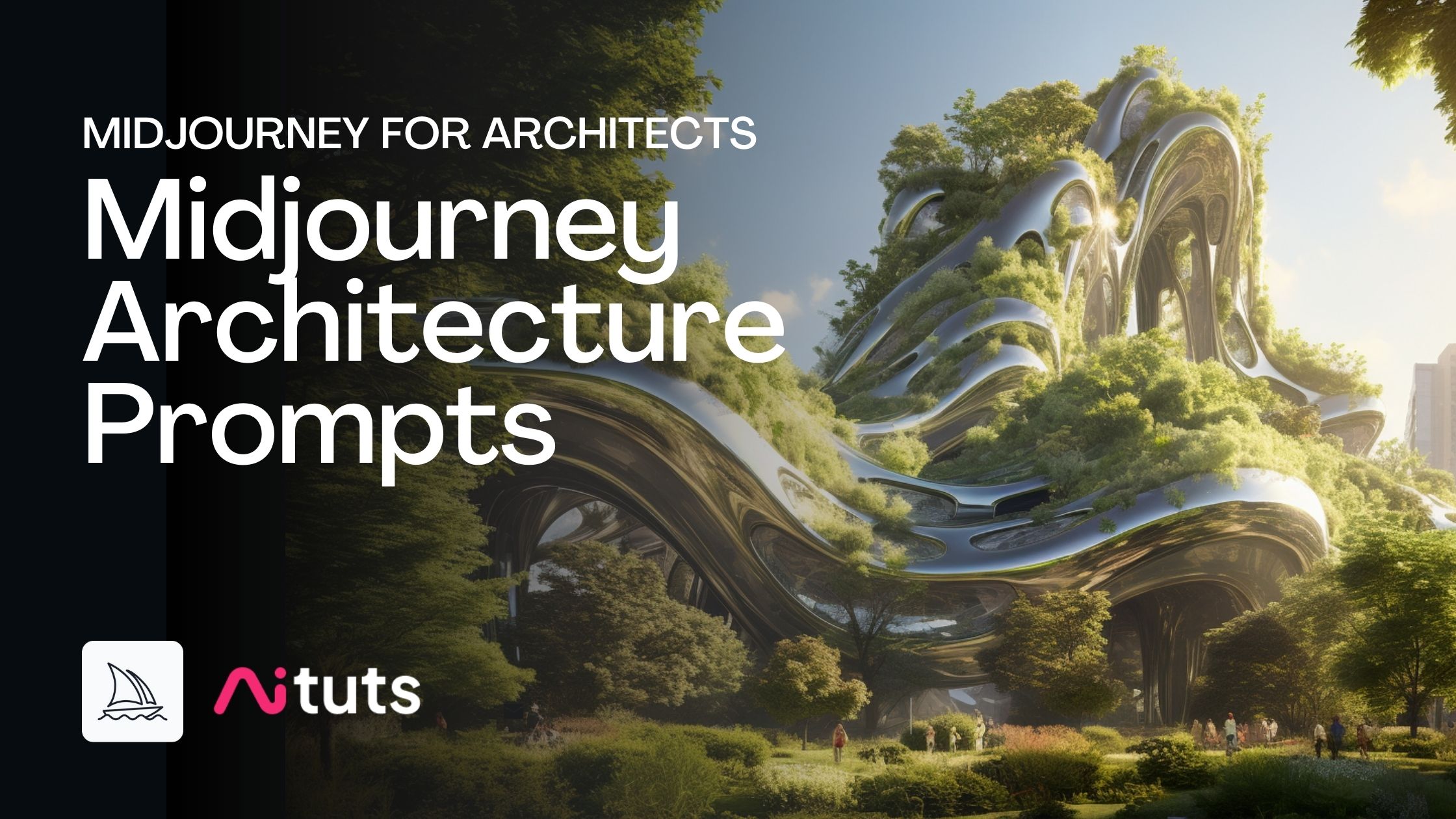
Other interesting ressource to learn midjourney for architecture
Conclusion
In conclusion, Midjourney is a game-changer for architects looking to enhance their architectural visualization and design processes. This revolutionary platform, powered by AI-generated imagery, offers architects a user-friendly tool to explore new possibilities and communicate their design concepts effectively.
Throughout this article, we have explored the capabilities of Midjourney and its impact on the integration of AI into architecture. We have discussed how AI-generated imagery pushes the boundaries of traditional architectural visualization, allowing architects to convey their creative vision with precision.
By setting up Midjourney and optimizing prompts, architects can unlock the full potential of this platform. Crafting precise descriptions and expanding their Midjourney vocabulary are key elements to achieve enhanced architectural renders. We have also gathered valuable insights and best practices from seasoned Midjourney users to inspire architects in their creative journeys.
Midjourney not only transforms design processes but also offers opportunities to merge AI-generated visuals with traditional architectural software. Architects can seamlessly incorporate AI visuals into their real-world projects and enhance client presentations to improve engagement and understanding. Furthermore, Midjourney opens up exciting avenues for exploring different architectural styles and embracing future trends, including sustainability.
As architects move forward, it is crucial to address the legal concerns and ethical implications associated with using AI, including Midjourney. By being responsible AI users, architects can ensure they navigate copyright, intellectual property, and ownership considerations ethically.
In conclusion, Midjourney empowers architects to reimagine architectural visualization, streamline design processes, and bring their creative visions to life. With the integration of AI into architecture, the possibilities are limitless. Embrace Midjourney and discover the transformative potential it holds for your architectural practice.
FAQ
How does Midjourney revolutionize architectural visualization for architects?
Midjourney uses AI technology to generate imagery based on textual prompts, allowing architects to explore and expand their design concepts in a user-friendly platform.
What are the capabilities of Midjourney and how does it push the boundaries of traditional architectural visualization?
Midjourney utilizes AI-generated imagery to enable architects to convey their creative vision and communicate complex ideas effectively.
How does Midjourney integrate AI into architecture and transform traditional workflows?
Midjourney provides architects with a powerful tool to generate AI-generated imagery that complements their design vision, streamlines workflows, and enhances creativity.
How can architects effectively use Midjourney to transform their design processes?
By incorporating AI-generated imagery, architects can explore new possibilities, streamline their workflows, and enhance their creativity with Midjourney.
What insights and best practices can architects learn from experienced Midjourney users?
Experienced Midjourney users share advice and tips on making the most of the platform and achieving exceptional results in architectural visualization and design processes.
What is the step-by-step guide for setting up Midjourney?
The guide includes instructions on installing Discord, creating a free account, accessing the Midjourney channel, and activating the AI bot to begin using Midjourney for AI-generated imagery.
How can architects optimize their prompts for enhanced architectural renders with Midjourney?
Architects can learn the art of effective prompting and how to craft prompts that generate the desired outcomes, along with best practices from seasoned Midjourney users.
How can architects craft effective descriptions to achieve precise outcomes with Midjourney?
Architects can discover the art of effective prompting and learn how to communicate their design ideas through text to generate AI-generated imagery that aligns with their vision with Midjourney.
How can architects build a comprehensive Midjourney vocabulary?
This section provides techniques for expanding vocabulary to describe architectural elements, styles, materials, and more, enabling architects to generate AI-generated imagery that accurately represents their design concepts.
What insights and best practices can seasoned Midjourney users share with architects?
Seasoned Midjourney users provide valuable advice and tips on optimizing the use of Midjourney to achieve exceptional results in architectural visualization and design processes.
How can architects incorporate AI-generated visuals from Midjourney into their real-world projects?
Architects can learn how to seamlessly integrate AI-generated visuals with traditional architectural software to enhance project visualization and development.
How can architects leverage AI-generated imagery from Midjourney to improve client presentations and communication?
Architects can discover strategies for using Midjourney visuals to create visually stunning presentations that effectively convey design concepts to clients and improve engagement and understanding.
How can architects merge Midjourney with traditional architectural software to optimize their workflow?
This section explores the possibilities and benefits of combining Midjourney with software such as CAD and BIM tools to streamline design processes and improve efficiency.
How can Midjourney assist architects in exploring and interpreting historical architectural movements with AI?
Architects can delve into how Midjourney's AI-generated imagery can help analyze and recreate architectural styles from different time periods, supported by case studies and examples.
How can architects utilize Midjourney to design modern and contemporary architectural spaces with AI assistance?
This section showcases how architects can use Midjourney to generate AI visuals that facilitate the design of cutting-edge modern and contemporary buildings.
How can Midjourney and AI technology contribute to sustainable architectural design practices?
The section explores how AI can help architects analyze and optimize building performance, energy efficiency, and environmental impact, promoting sustainability in architectural design with Midjourney.
What legal and ethical considerations should architects be aware of when using Midjourney?
This section delves into the legal concerns surrounding copyright, intellectual property, and ownership of AI-generated imagery, as well as the ethical implications of using AI in architectural design and the importance of responsible AI usage.


